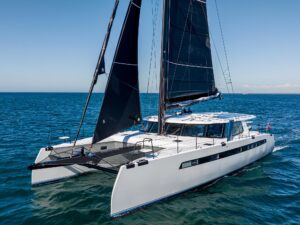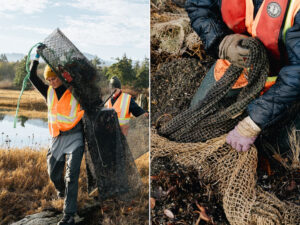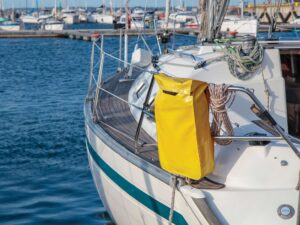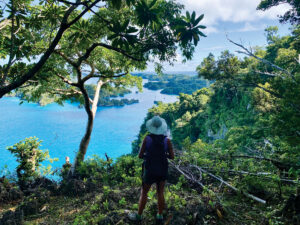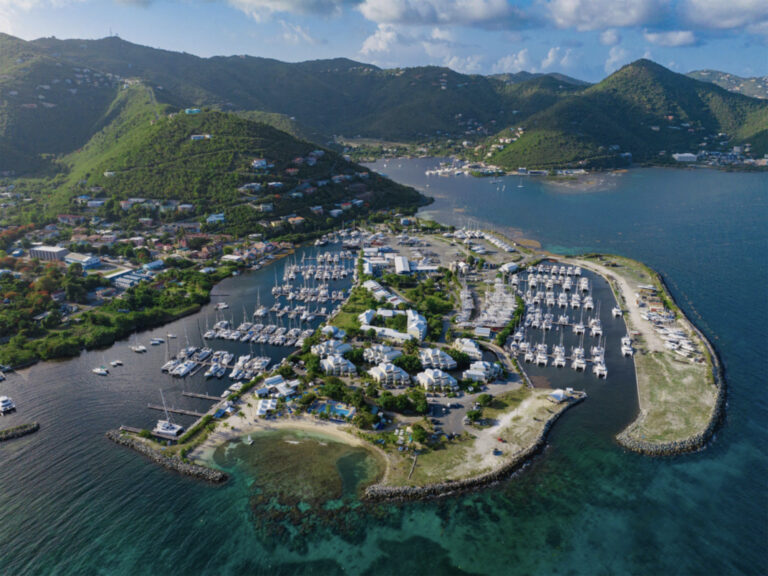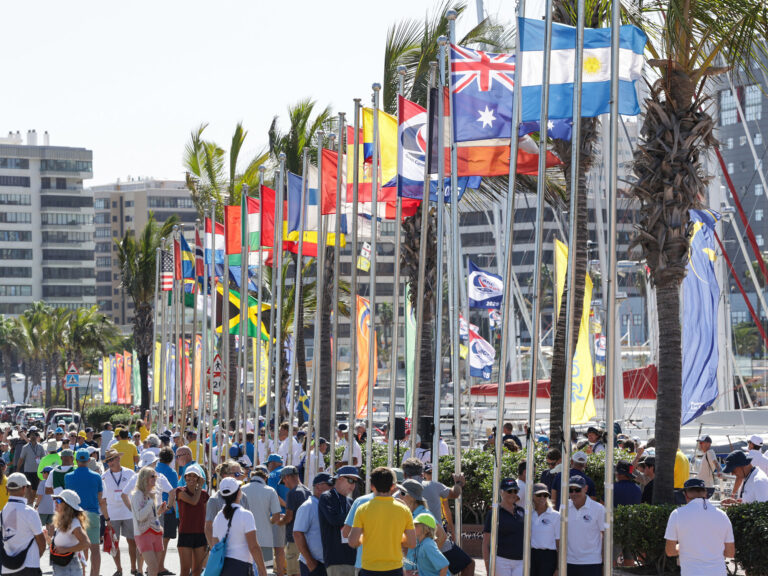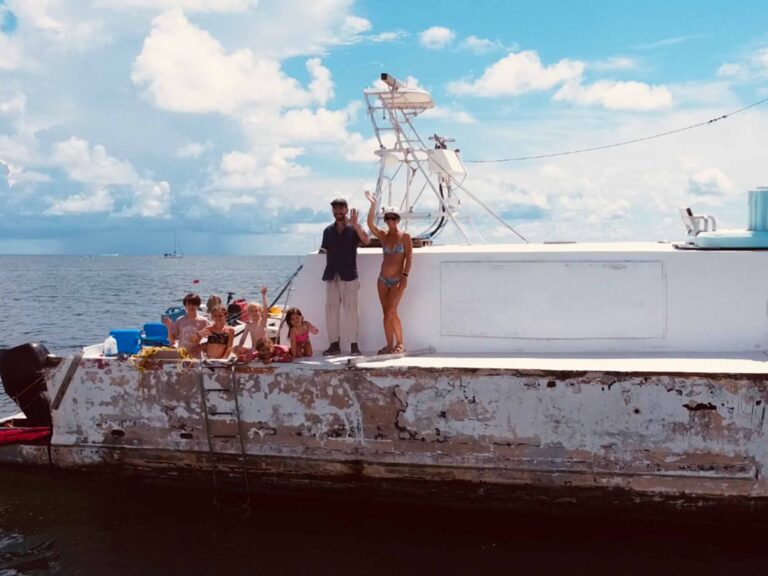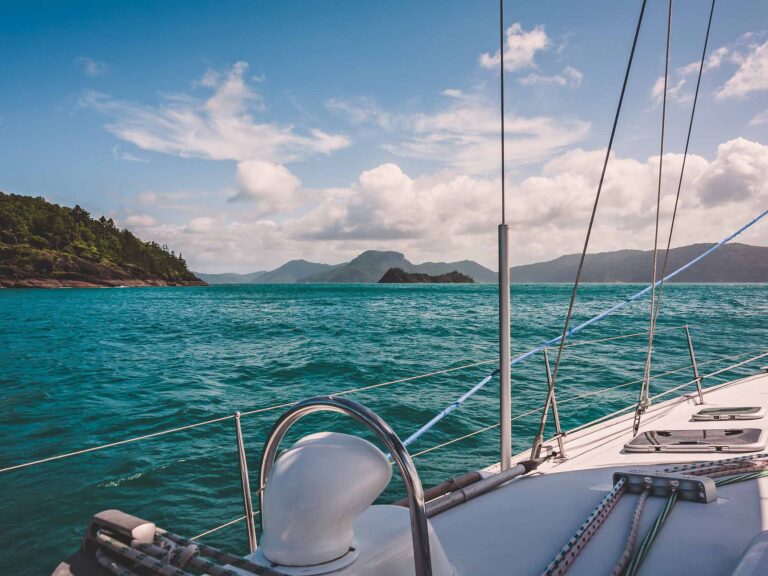The ICW holds more that its fair share of potential for minor trouble–or, at least, public embarrassment. Here’s my short list of areas requiring a bit of extra care–spots where I’ve seen sailors come to grief over the years:
* Long Shoal Point, at Mile 80, has steadily migrated eastward over the years, and you should look for temporary buoyage and favor the channel’s east side.
* The western portion of the Alligator River-Pungo River Canal has shoaled considerably as the banks continue to erode.
* Approaching the Morehead/Beaufort area, at Mile 200, the nav aids can appear confusing at the split between the ICW and the channel toward Beaufort.
* Passage behind any of the inlets between Swansboro and Carolina Beach requires the prudent sailor to pay close attention to side-setting current and sudden shoaling.
* Dramatic shoaling at the western end of Snows Cut has required the placement of several temporary aids. You don’t want to meet a large tug and tow here.
* The shoaling at Lockwoods Folly, Mile 320, must be monitored closely for the foreseeable future.
* The narrow land cut known as the “Rock Pile,” between Mile 348 and Mile 354, should be avoided if commercial traffic is transiting the area; a sécurité call is worthwhile here.
* Abeam of Georgetown, at Mile 402, the change in buoyage at the Winyah Bay intersection catches many sailors unawares.
* The water between miles 435 and 445 has become very skinny at low tide. Without maintenance dredging in the near future, this is destined to become one of the ICW’s next big trouble spots.
* The Dawho River, at Mile 497; Hell Gate, near Mile 601; Walburg Creek, at Mile 623; the Little Mud River, near Mile 654; and Buttermilk Sound, a few miles farther south, all require careful navigation and 360 degrees of helmsman awareness.
* Jekyll Creek, behind the beautiful island of the same name, has been shoaling, and the seven miles from Cumberland Dividings to the Kings Bay submarine base permit little margin for error.
* In Florida, Nassau Sound, near Mile 729, is becoming a tricky spot, as are bends in the Ditch at miles 745 and 750.
* Many boats have come to grief near the junction of the ICW and St. Augustine Inlet after failing to distinguish the separate markers for each channel.
* Matanzas Inlet, at Mile 792, is a productive hangout for commercial towing operators.
* A caution for vessels with tall rigs applies from St. Augustine southward: After a period of sustained onshore winds, water levels can rise well above normal and stay there for days, and fixed-bridge clearances approaching Daytona and as far south as Melbourne can be below 65 feet.
* Only stay outside around Cape Canaveral if conditions are ideal. Local weather patterns can be notoriously variable and rarely remain the same from one side of the cape to the other.
* Although the ICW between Ponce Inlet and Titusville can be tricky, the Indian River can serve up some of the nicest sailing to be found on Florida’s inland waters. Helmsmen can at last breathe a bit easier for a spell, and hospitable communities and low-stress anchoring opportunities abound. Savor this stretch to Fort Pierce, for it’s likely to be the last stress-free running on the ICW in Florida.

